Monsoon chicken: Enjoy this heartwarming ‘nabe’ soup with a touch of miso
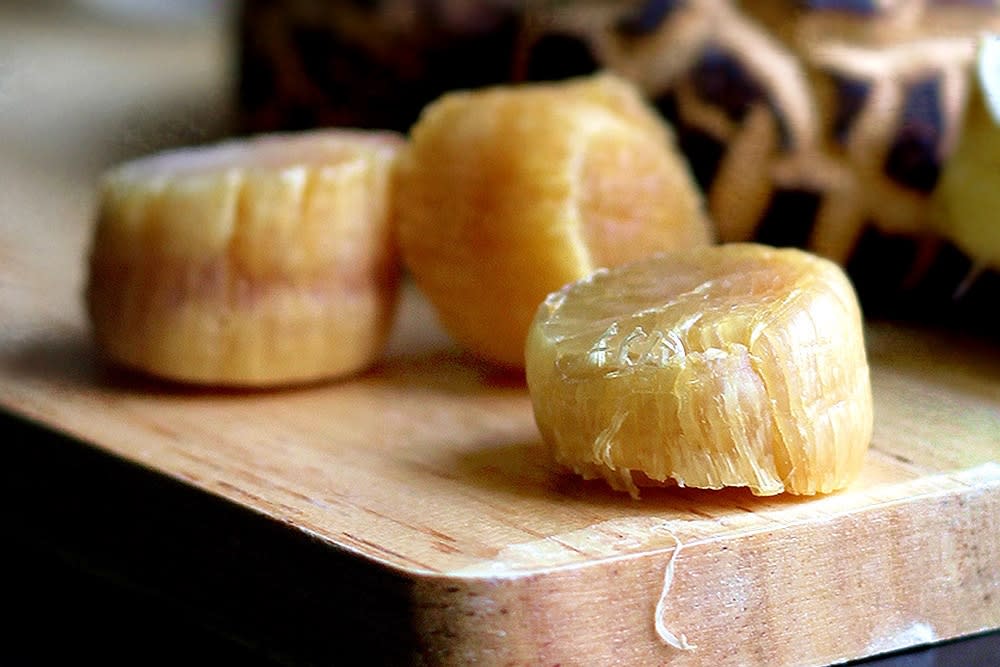

KUALA LUMPUR, Aug 26 — Rain, rain, go away. Come again another day.
Given it’s currently the South-west Monsoon season, "another day” almost invariably means "tomorrow” or even "all week along”. Nothing wrong with a fair bit of rainfall but the daily gloom does bring one’s spirits down.
Which means there’s nothing better to whip up this weekend than a good, nourishing soup. Hot enough to warm one’s cockles and full of flavours to tickle one’s appetites. (I might be mixing metaphors here — I’m not sure - but you get my drift.)
Inspired by a recent trip to Seoul where I enjoyed many bowls of samgyetang (Korean ginseng chicken soup), I decided the one-chicken-in-a-pot idea is one worth replicating.
Except instead of the herbal notes of ginseng, I decided Japanese miso paste will be both lighter on the tastebuds and the wallet.
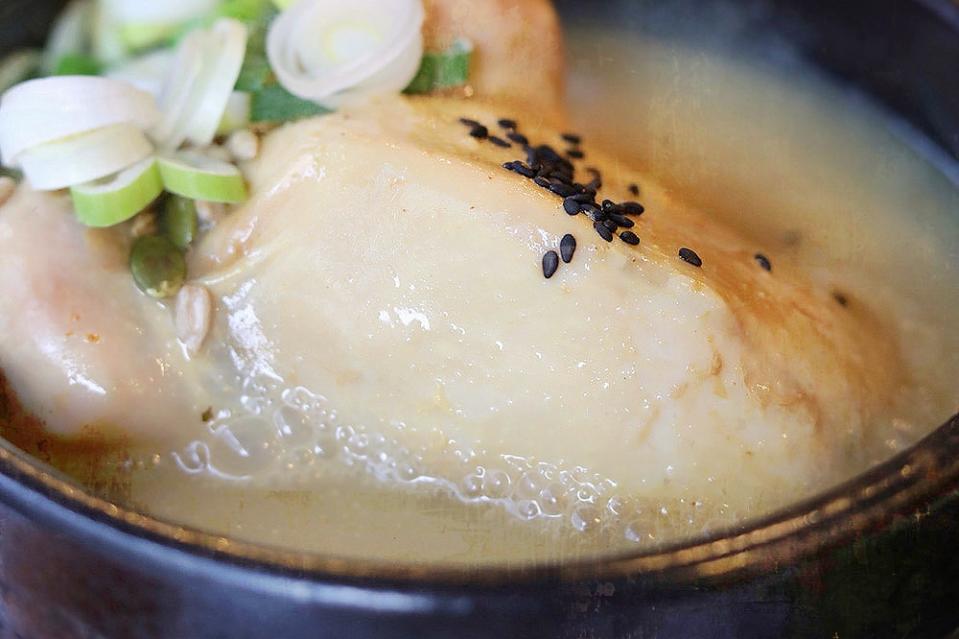
Instead of glutinous rice, try using brown rice for a nuttier taste.
The pot used is a Japanese nabe that I bought in Tokyo, perfect for a one-pot-dish but any small pot will do.
The chicken (a small Cornish hen, typically weighing in at less than 1 kilogram) is still stuffed with rice and garlic, but I have opted for nuttier-tasting brown rice here rather than glutinous rice — again, so that it’s lighter on the belly afterwards. This is the monsoon, not winter, after all.
What you desire is a rich, creamy broth that is tasty without being cloying.
Try this and hopefully, even if the rain doesn’t go away, you will be enjoying your hot, steaming bowl of soup so much you wouldn’t even notice.
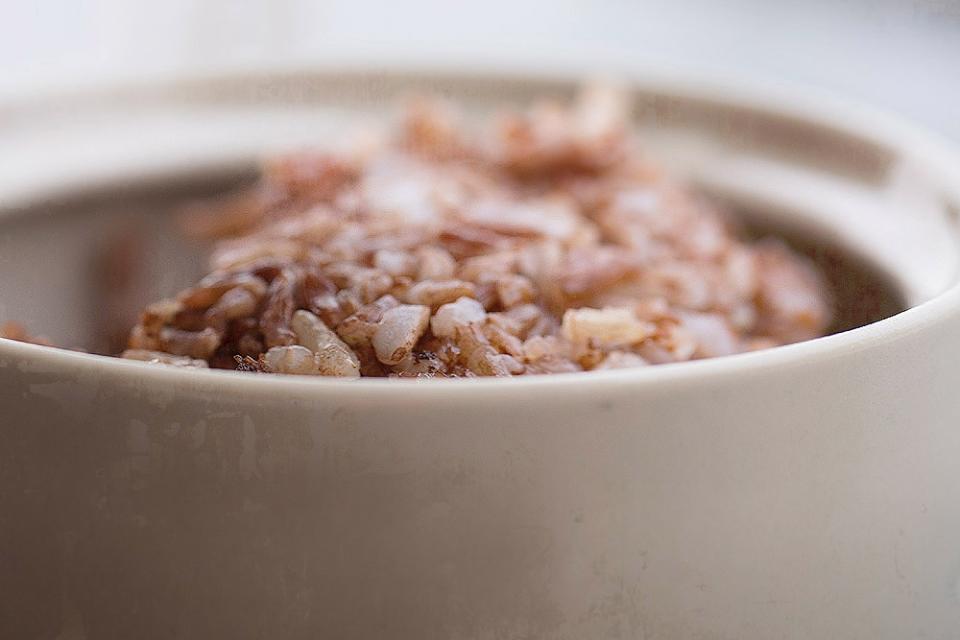
Aromatics such as garlic help to balance the soup’s flavour so that it’s not too rich.
MISO CHICKEN NABE
While the miso paste is added only at the end of the recipe (as you shall see when you read further), it is the clincher for me. There is something undeniably specific about the flavour of miso — some might argue that this is the quintessential umami flavour.
Certainly it is a deep yet refreshing savoury note. The reason we add the miso paste at the end of the cooking process, after we turn the heat off, is so that we preserve the aromatic qualities of the miso, which can be damaged by high heat.
Here, we want the dominant or first notes we taste to be that of the miso.
However, that is not to say the umami flavours are solely represented by miso. Don’t forget that the dried scallops and dried shiitake mushrooms are full of umami too.
These traditional Chinese ingredients add a natural sweetness to the stock. Just remember that these do have to be soaked in water ahead of time to rehydrate them.
Prepare accordingly: the dried shiitake mushrooms will benefit from a longer soak, anything from a few hours to overnight; the dried scallops, on the other hand, only need about 15-20 minutes before you add them to the nabe.
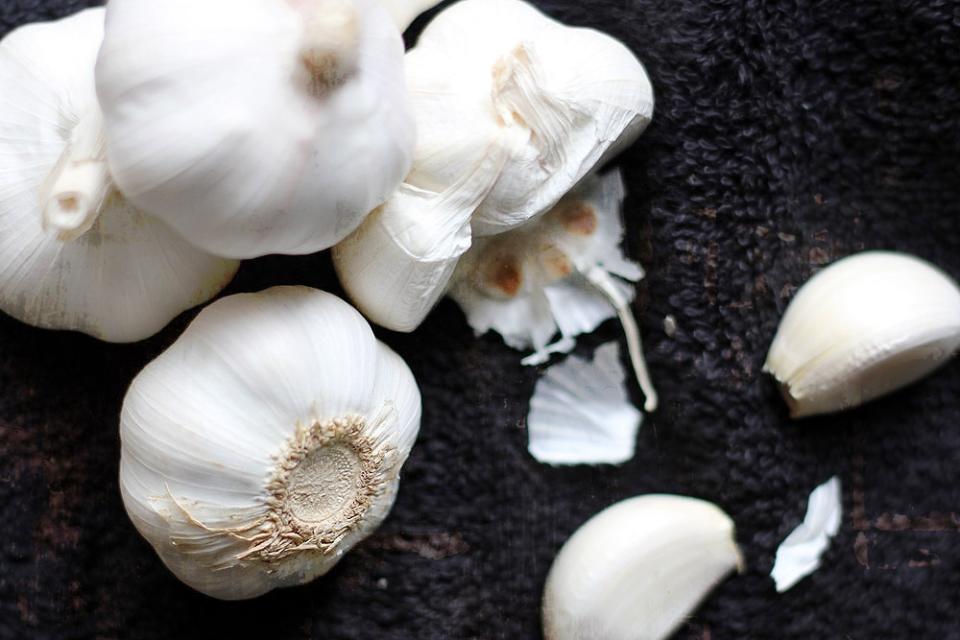
Dried scallops and dried shiitake mushrooms add a hit of deep umami.
Then there are the aromatics: the garlic, ginger and green onions will remove any strong odours whilst simultaneously making the soup’s flavour more balanced rather than too rich.
Speaking of the soup, note that I have given only a guideline in terms of the water to use; the size of your nabe or other pot used will differ from kitchen to kitchen. You just need to begin with enough liquid to cover the chicken.
Pay close attention during the cooking process; this isn’t a slow cooker or instant pot where you can let it be and return an hour later. You may need to add more water as necessary as the water evaporates, making sure there is enough liquid for the soup.
Ingredients
1 Cornish hen (typically less than 1kg)
50g brown rice
6-8 garlic cloves, whole
2 dried scallops (soaked and rehydrated)
3 medium-sized dried shiitake mushrooms (soaked, rehydrated and sliced)
1 small piece of ginger (crushed)
2 stalks green onions, finely chopped
1½-2 litres water
1 tablespoon miso paste
Salt and white pepper to taste
1 stalk green onion, coarsely chopped (for garnishing)
Black sesame seeds (for garnishing)
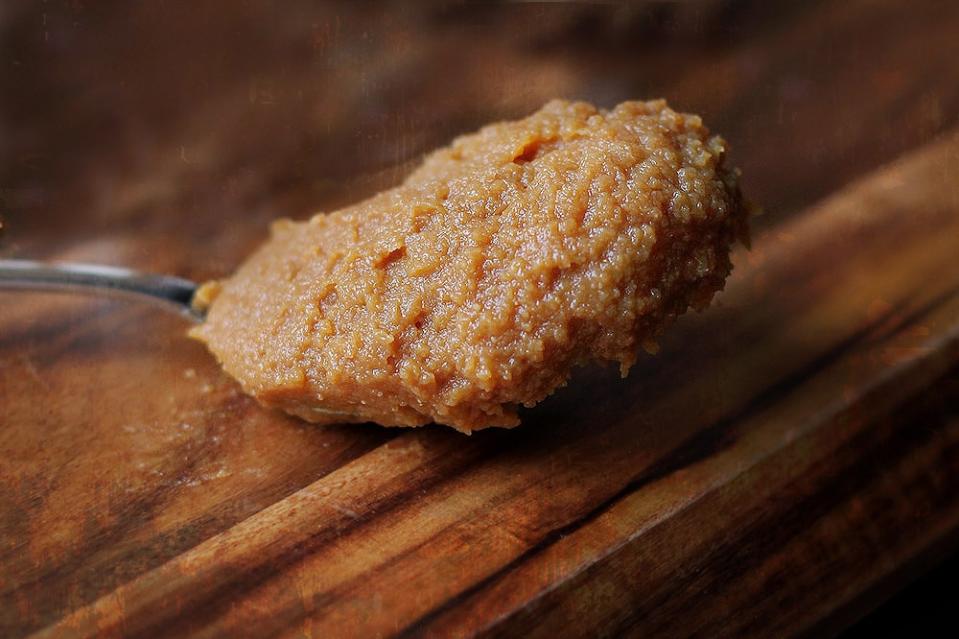
Adding miso paste at the end of cooking brightens the soup.
Method
After cleaning the Cornish hen (making sure to remove the giblets), stuff it's cavity with the brown rice, whole garlic cloves, dried scallops, shiitake mushrooms, ginger and green onions.
Place the chicken into a nabe pot. Fill with enough water to cover all the ingredients. Cover the pot with the lid and bring to a boil.
Once the water comes to a boil, reduce the heat. Remove the lid and carefully remove any scum that rises to the surface using a fine-mesh skimmer.
When all or most of the scum has been removed, cover the pot and cook over medium heat for 30-40 minutes until the chicken is cooked and the rice inside is soft. Add more water as required if the level of the soup drops too much.
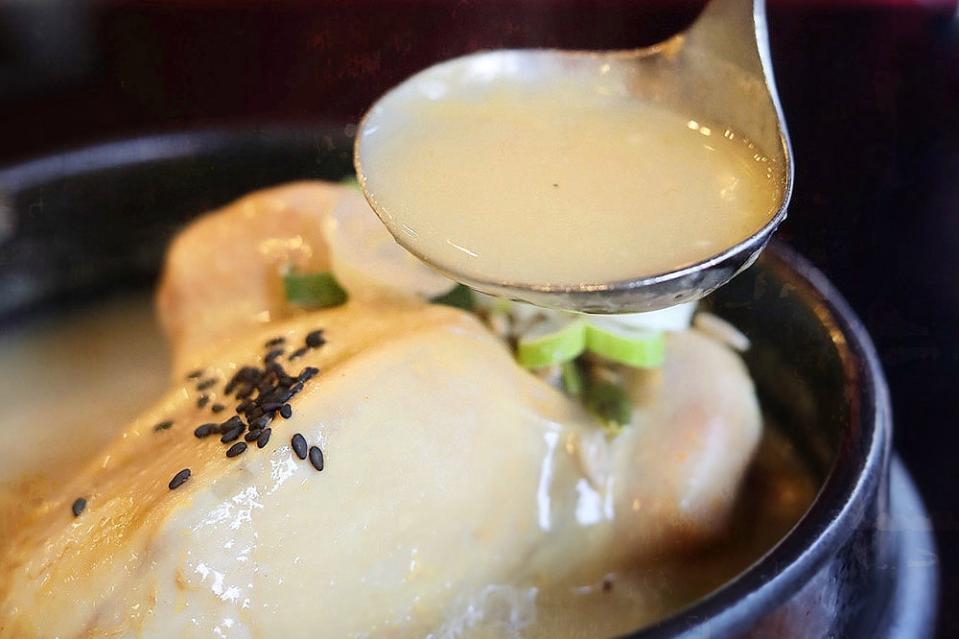
A rich, creamy broth that is tasty without being cloying.
Once the chicken is ready, turn off the heat and stir in the miso paste (using a small sieve or skimmer will help prevent any undissolved clumps of miso).
Check the taste and season with some salt and white pepper, if necessary. Garnish with chopped green onions and black sesame seeds. Serve immediately.
For more Weekend Kitchen and other slice-of-life stories, visit lifeforbeginners.com.
* Follow us on Instagram @eatdrinkmm for more food gems.



